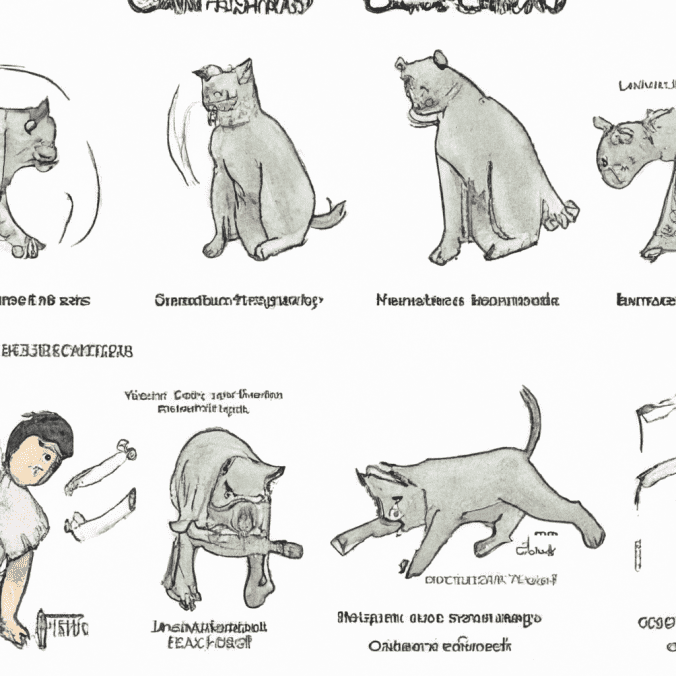Cats are complex creatures, and understanding their behavior and body language can be difficult. Cats communicate in subtle ways, often through body language and vocalizations, which can make it hard to figure out what they’re trying to tell us. In order to better understand our cats, it’s important to pay attention to their behavior and body language.
One way cats communicate is through the position of their ears. If your cat’s ears are pointing forward, that means they’re alert and interested in something. On the other hand, if their ears are back or flattened against their head, they may be feeling threatened or scared. It’s also important to note whether your cat is purring or growling – a purr usually indicates contentment while a growl can mean aggression or fear.
The position of your cat’s tail is also an important indicator of how they’re feeling. A happy cat will have a relaxed tail that is held high with the tip slightly curved up. On the other hand, if your cat’s tail is low or tucked between its legs, this could indicate fear or insecurity.
Your cat may also use its whiskers as a way to express its emotions – when relaxed, a cat’s whiskers will be slightly curled outward; when frightened or aggressive, they will be pulled back tight against the face. Additionally, cats use facial expressions such as blinking slowly (a sign of trust) or widening their eyes (a sign of surprise).
Finally, cats use scent marking as another form of communication – by rubbing against objects such as furniture or people, cats leave behind pheromones that convey messages about who owns the territory and how they feel about it.
By paying close attention to your cat’s behavior and body language you can gain insight into how they’re feeling and help them feel more secure in their environment. Understanding your feline friend’s communication style can lead to a stronger bond between you both!
